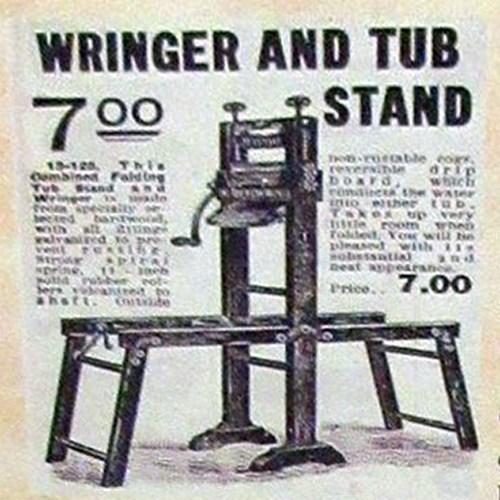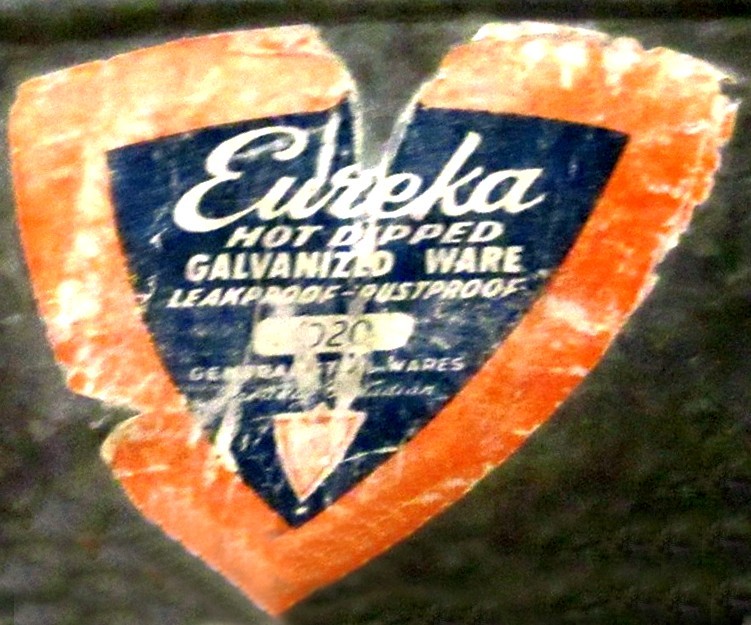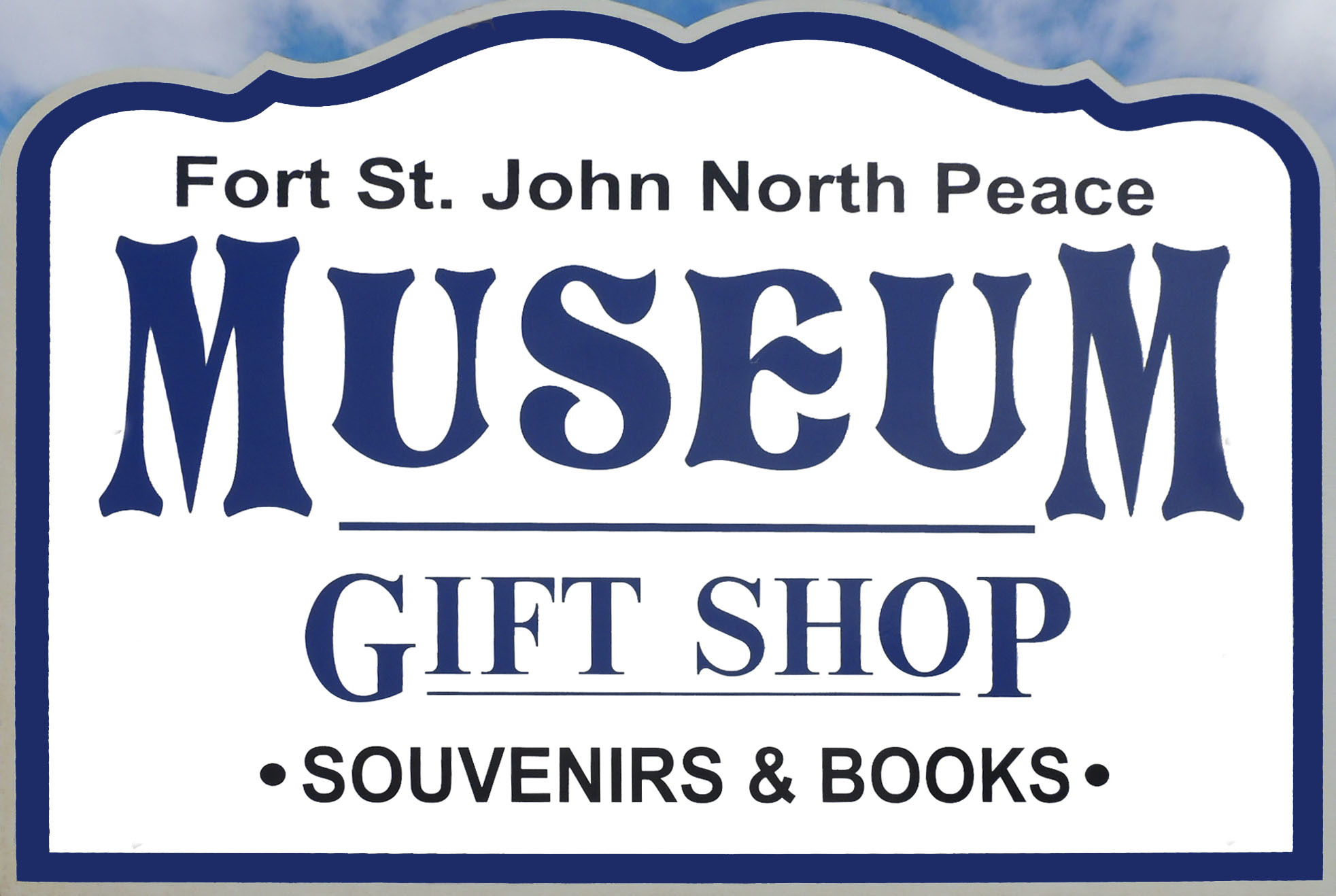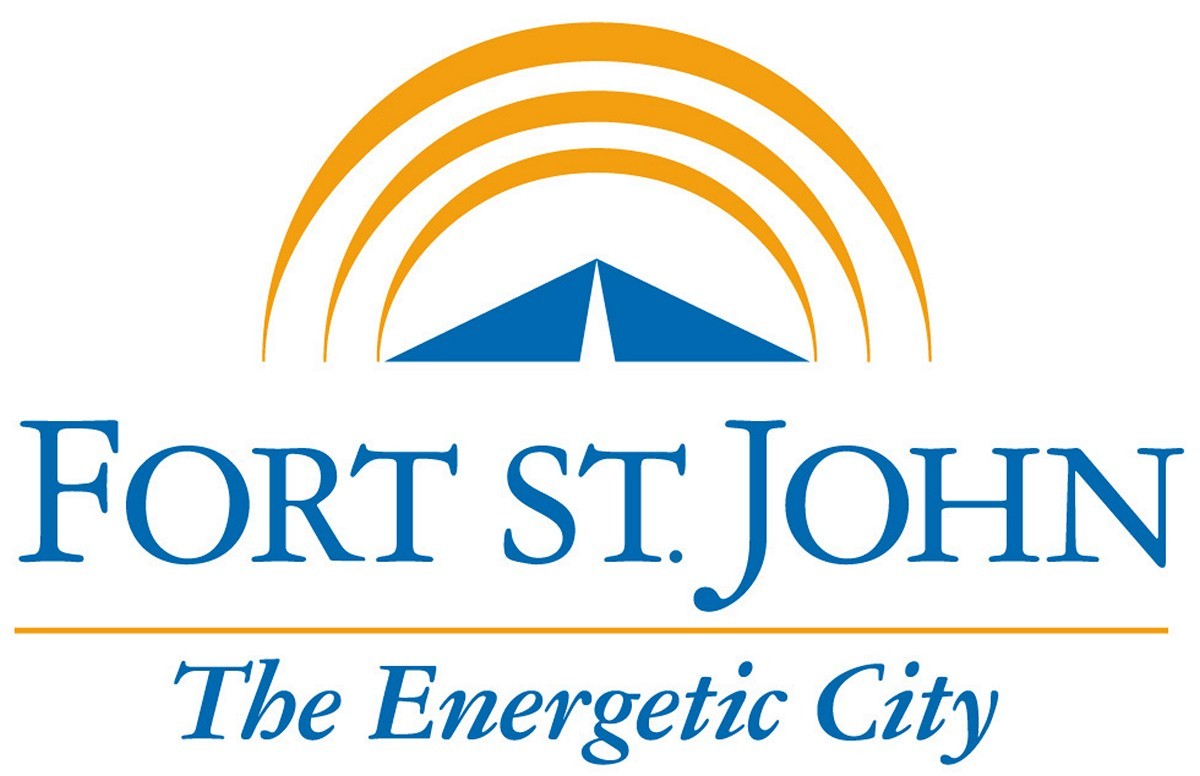 WRINGER AND TUB STAND
WRINGER AND TUB STAND
Keeping Clothes Clean in the Early 1900s
Laundry was a daunting and never ending task before modern washing machines simplified the process.
Clothes were run across corrugated boards, washed in basins, or spun in enclosed containers that had paddles along the sides. Lye soap was used to whiten and remove stains and grease. Water was heated on the stove and poured into the washtub which often doubled as the bath tub. By the 1920s, large numbers of washing machines were manufactured, but few homesteaders could afford them during the 1930s.
In winter, wet clothes were hung outside and allowed to freeze dry. Once frozen, they were brought inside and hung up to finish drying. The frost that formed on the wet clothing helped work out stains and dirt.
One of the first types of laundry machines was the wringer which had two rollers pressed closely together which wrung water out of clothes. Once electricity was added to the machine you had to be careful not to get body parts caught in the wringer!
 Wringer
Wringer
This device was used to wring water from clothes. Clothes were passed through the rollers by means of a hand crank, removing the water from them. A basin was placed under the wringer to catch water for reuse or for disposal.
The Estonia Wringer, made by T. Eaton Co, in Canada, is on display and attached to the wooden collapsible stand. The stand opens and the ends drop down to accommodate the two wash tubs, and the wringer is attached. It is still in very good condition.
The Estonia wringer has a drop down board so the clothes will slide down into the tub for rinsing. On the underside is the following inscription:
WRINGERS LAST LONGER and WORK BETTER
If clothes are evenly spread and not bunched or twisted when passing through the rolls.
Always remove pressure from rollers by releasing top screws when not in use.
Keep bearings well lubricated. Oil injures the rubber.
Written on top of the drop down platform.
On the reverse side it reads: Improved sure grip clamps will fit annized fibre iron or wooden tubs.

There are two square galvanized wash tubs each have a label.
Eureka
Hot Dipped Galvanized Ware
Leakproof - Rustproof
General Steel Wares
The second label is difficult to read though it is most likely a GSW (General Steel Wares).
Note: Galvanizing is covering a metal surface with zinc.

Fort St. John North Peace Museum
From its humble beginning officially opening on February 16th, 1984, it has become one of the most popular tourist attractions in the area.
Currently, it is a large museum that can keep one occupied for several hours.
As you wander about the grounds visiting historic buildings moved onsite and a plethora of machinery related to the oil and agricultural industries. One item impossible to miss is a 136 foot tall oil derrick which last worked 143 miles up the Alaska Highway.
Inside the main building, as you enter, is this guest book and be sure to sign the guest book. The exhibits, which deal with all aspects of the Fort St. John area, from the local geology to the local Native peoples to the founding of the first settlement to oil and agriculture.
There is a large display area devoted to "Life on the Homestead". Featuring a old wood stove, several washing machines, ice box and a large display of small kitchen items that would be found in most kitchens.
Also offered by the museum are Educational Programs, Guided Tours, Scavenger Hunts, and Pre and Post Visit Activities.

Fort St. John
The original Fort St. John was established as Rocky Mountain Fort in 1794, making Fort St. John the oldest white settlement in mainland British Columbia. In 1942, Fort St. John became field headquarters for U.S. Army troops and civilian engineers working on construction of the Alaska Highway in the eastern sector.
Fort St. John has a population of about 21,000 residents and is the largest city in Northeastern BC. It is situated along the world-famous Alaska Highway. Fort St. John is located at Historic Milepost 47 of the Alaska Highway, 47 miles north of Dawson Creek where Mile 0 is located and marks the beginning of the Alaska Hwy.
Fort St. John is known as The Energetic City for their large resource base of oil, natural gas, forestry and agriculture.